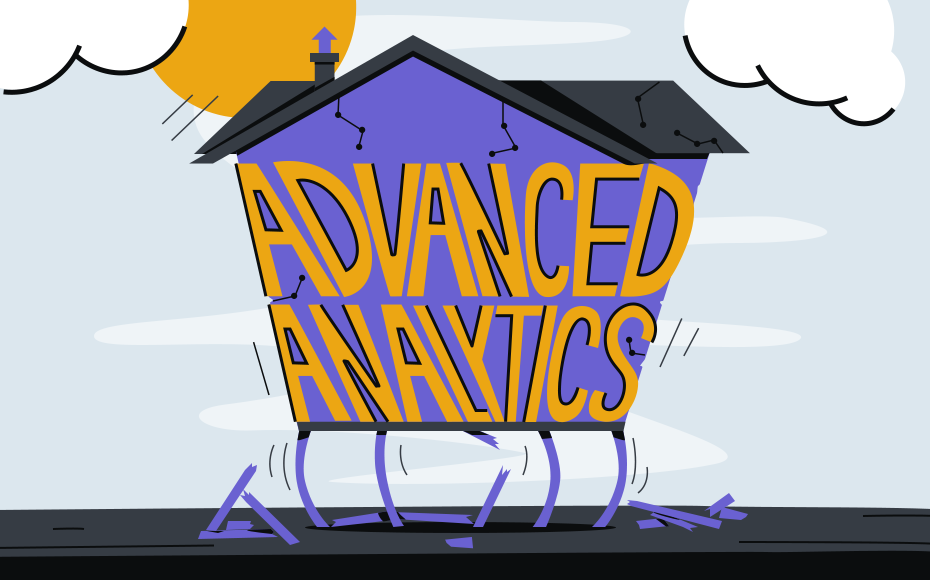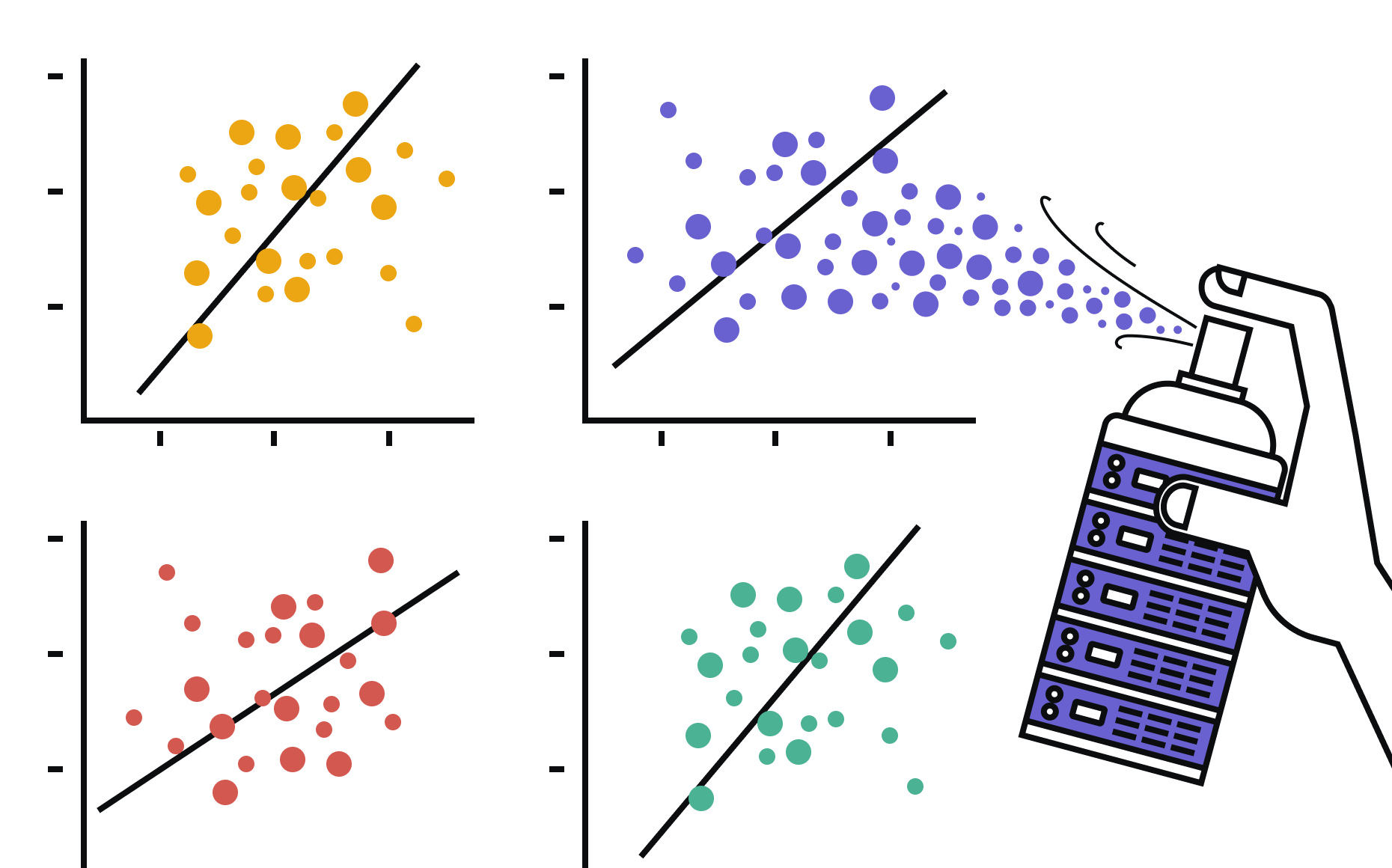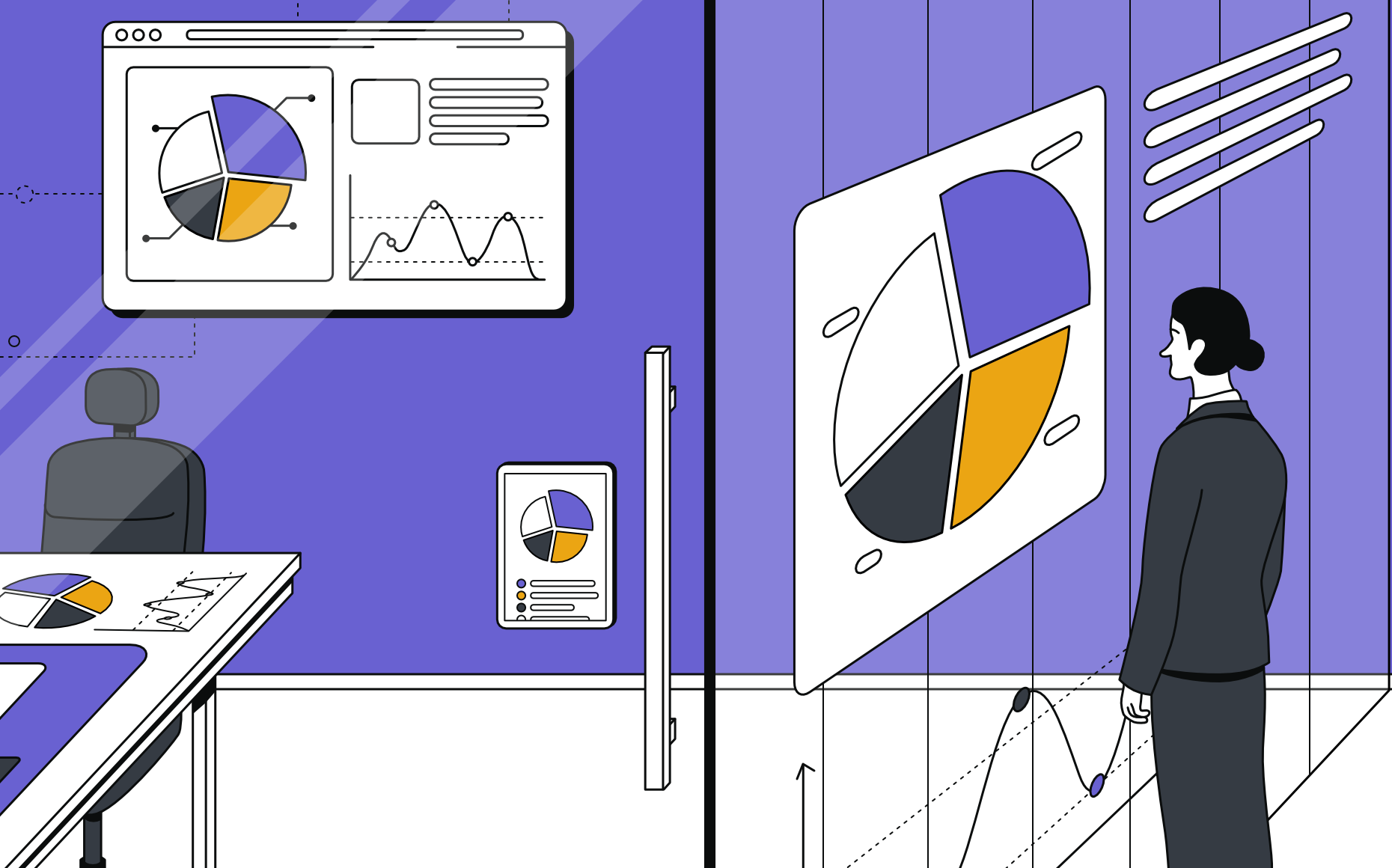A search on LinkedIn for ‘advanced analytics’ brings up 1,050,000 professional profiles (as of January 2021). The same search yields over 12 million results on Google. The phrase is a hot topic for job postings and user profiles. Definitions vary, though most are consistent in saying it goes deeper than the classic definition of business intelligence analytics. It encompasses predictions and it uses sophisticated tools like machine learning.
But at bipp, we’re allergic to the term. From our perspective, ‘advanced analytics’ doesn’t mean anything. It’s a phrase the market is using, everyone seems to like it, and we have to respect that, but it’s a very vague term. It’s loosely defined or not defined at all.
Part of the reason bipp doesn’t like the term is that it implies there is a current standard, a catch-all, in an industry that’s already dominated by all-embracing phrases like ‘big data’. The reality is, Advanced Analytics isn’t a data science term at all, but rather a marketing one. It describes ‘difficult-to-handle’ analytics.
Another Way to Think About Advanced Analytics
Let’s look at this through the lens of another technology - machine learning (ML). People want machine learning (and don’t get me started on AI!) without knowing what it is. Machine learning has enormous value in general, but it’s not an off-the-shelf product. There is no generic machine learning commodity that works well in any particular vertical. Instead, it works when you solve specific problems.
A different way to say that is it’s better to have a machine learning services company than a machine learning product company. To solve problems with machine learning, you need to have people understand and service the problem using machine learning as the tool. It’s very domain-based: for every problem you have to customize a solution. Machine learning has value when you combine a set of people that knows and understands the data domain and a second set that understands how to apply ML techniques to the problem at hand.
This is a way to think about advanced analytics. Advanced analytics won’t save the world. Its value comes in the various tools that come under the advanced analytics umbrella and the problems these tools can solve. These are tools that are typically beyond the scope of traditional business intelligence, where we’re discovering deeper insights, making predictions, or generating recommendations that are beyond the ‘standard’ toolkit.
We’re talking about - says Gartner - techniques such as predictive analytics, data/text mining, machine learning, pattern matching, forecasting, semantic analysis, sentiment analysis, network, and cluster analysis, multivariate statistics, graph analysis, simulation, complex event processing, and neural networks.
Drawing a Line in the Sand around Advanced Analytics
The business intelligence industry is mature. We don’t need to accept catch-all terms like advanced analytics. This term alone has little meaning for a data analyst. It consists of a set of techniques and technologies. It’s best approached as a ‘holding’ term until the techniques in this bucket can be better classified and become standardized as part of the typical BI toolkit. AutoML, for example, can make analysts more efficient. But expert knowledge is required to use these advanced solutions and interpret results. Especially as studies are telling us that trust is a major issue in automated decision-making. Problems like these need to be addressed before newer techniques are added to the typical toolkit with confidence.
We suggest thinking about advanced analytics in terms of the features that will be demanded by enterprises over the coming decade. But we need to solve today’s problems - such as improving data quality, training business analysts in advanced analytics and data literacy, and creating further transparency of the algorithms and models used - before we can lean too far into the advanced analytics future.
We need to establish some specifics, then talk about where these features are coming in and their more practical application. For example, we can start solving the mess by defining phrases under the advanced analytics umbrella, such as prescriptive analytics, descriptive analytics, and graph analytics.
The bottom line is … advanced analytics is too vague a term and not one that analysts use themselves. Our industry has matured and should start using vocabulary that reflects that maturity. And we can’t be dropping techniques into an ill-defined marketing catch-all without addressing the data and definition challenges faced by our current business intelligence tool-kits.
Visit https://bipp.io/request-demo/ to explore bipp’s features and learn how it can speed your time-to-insight with enterprise-grade business intelligence.







